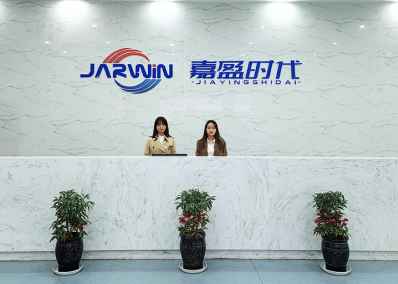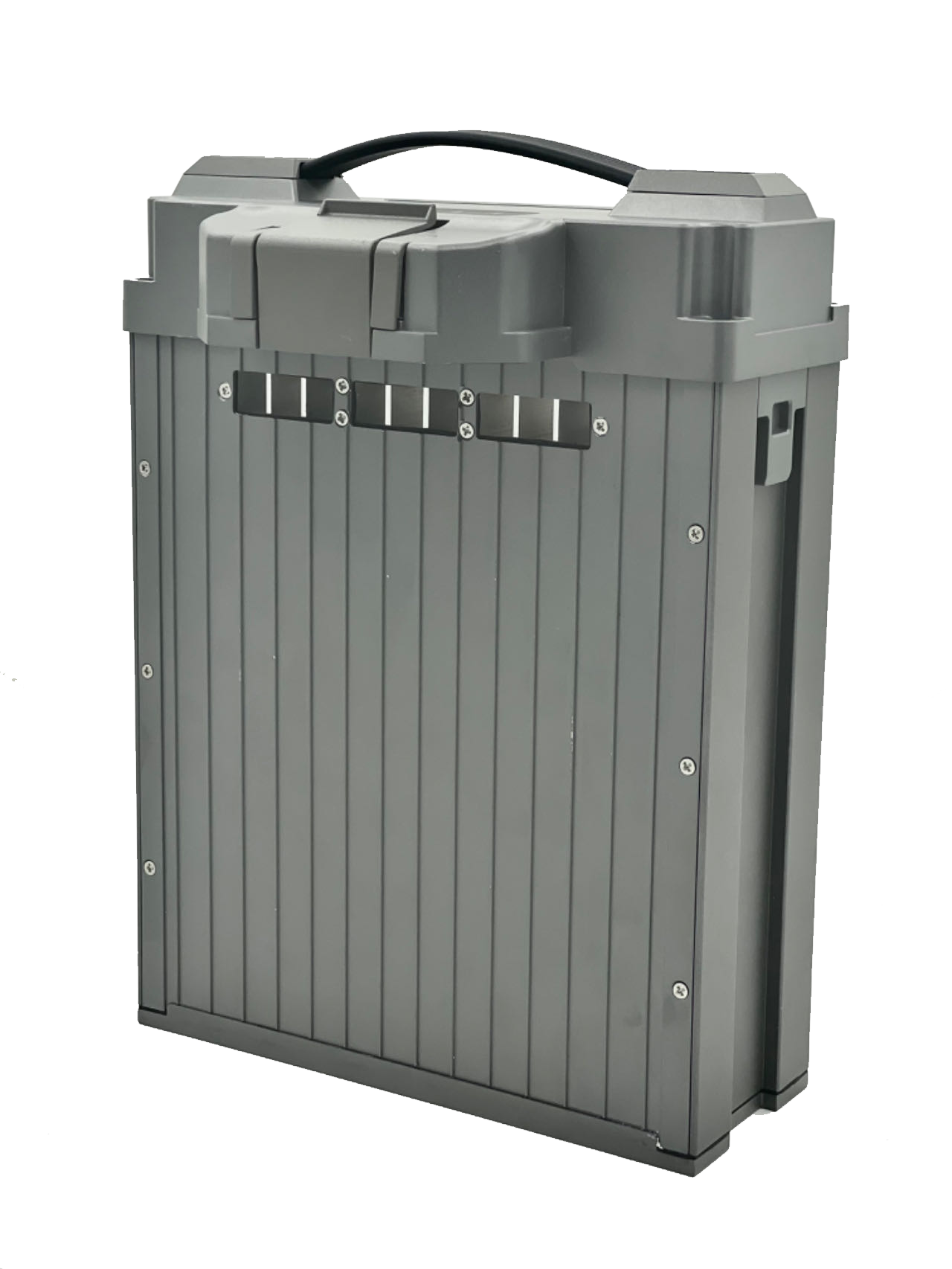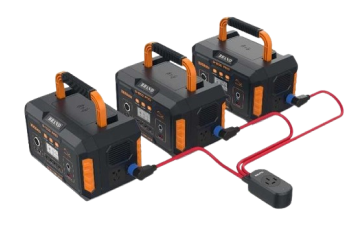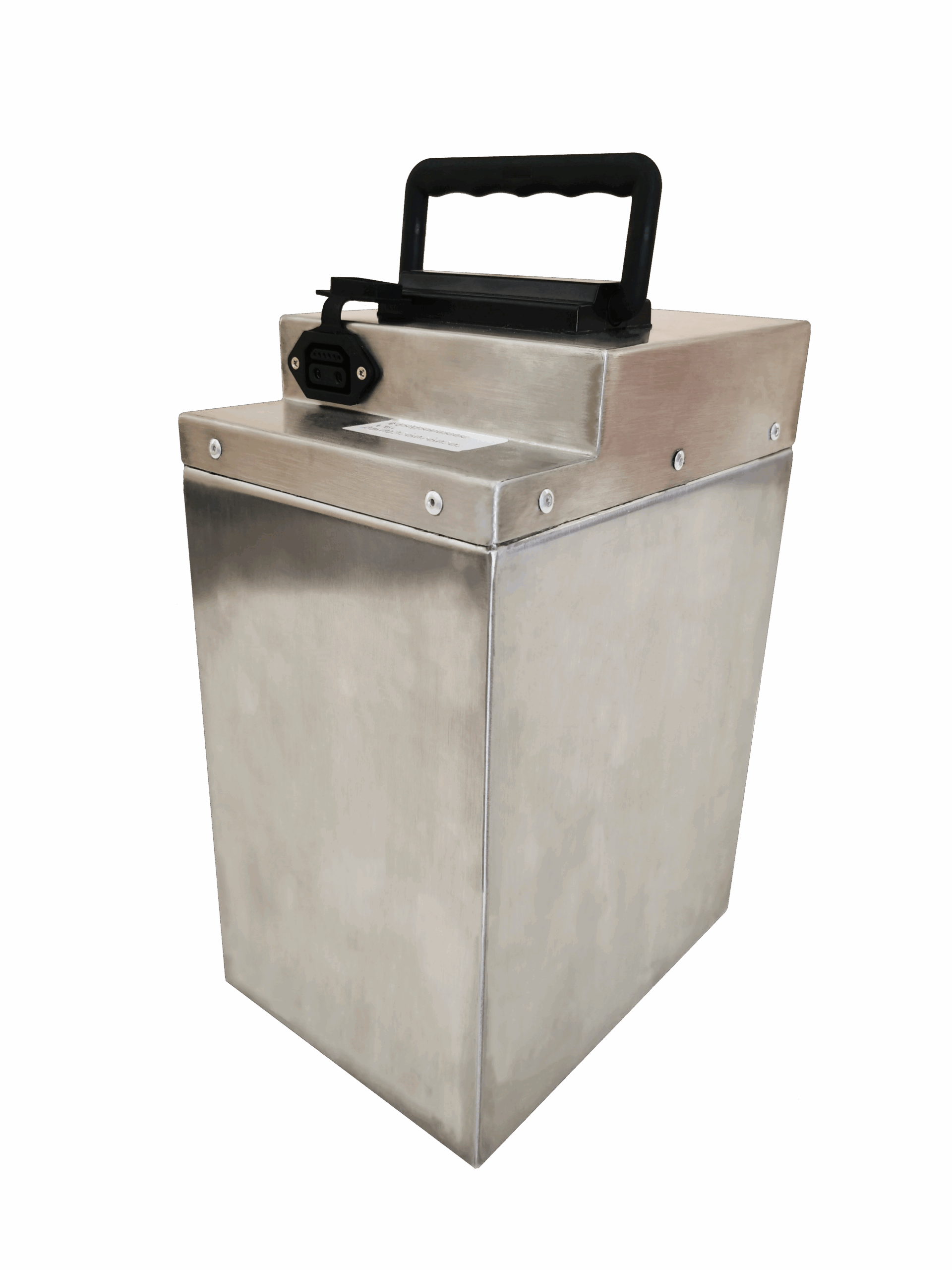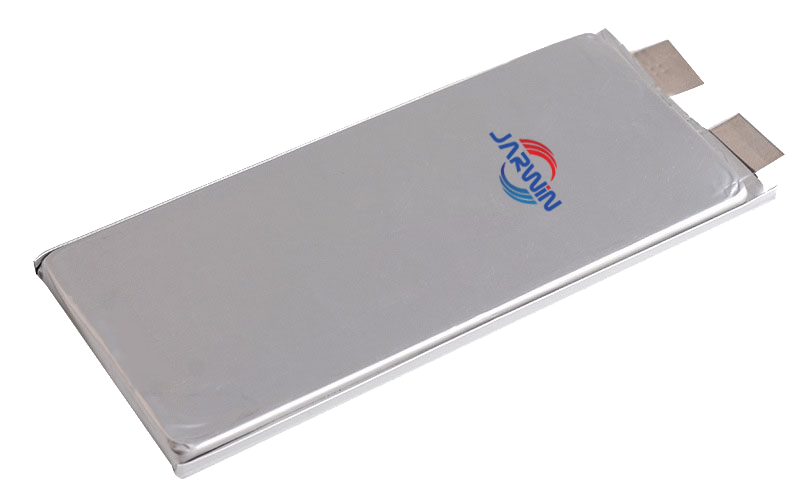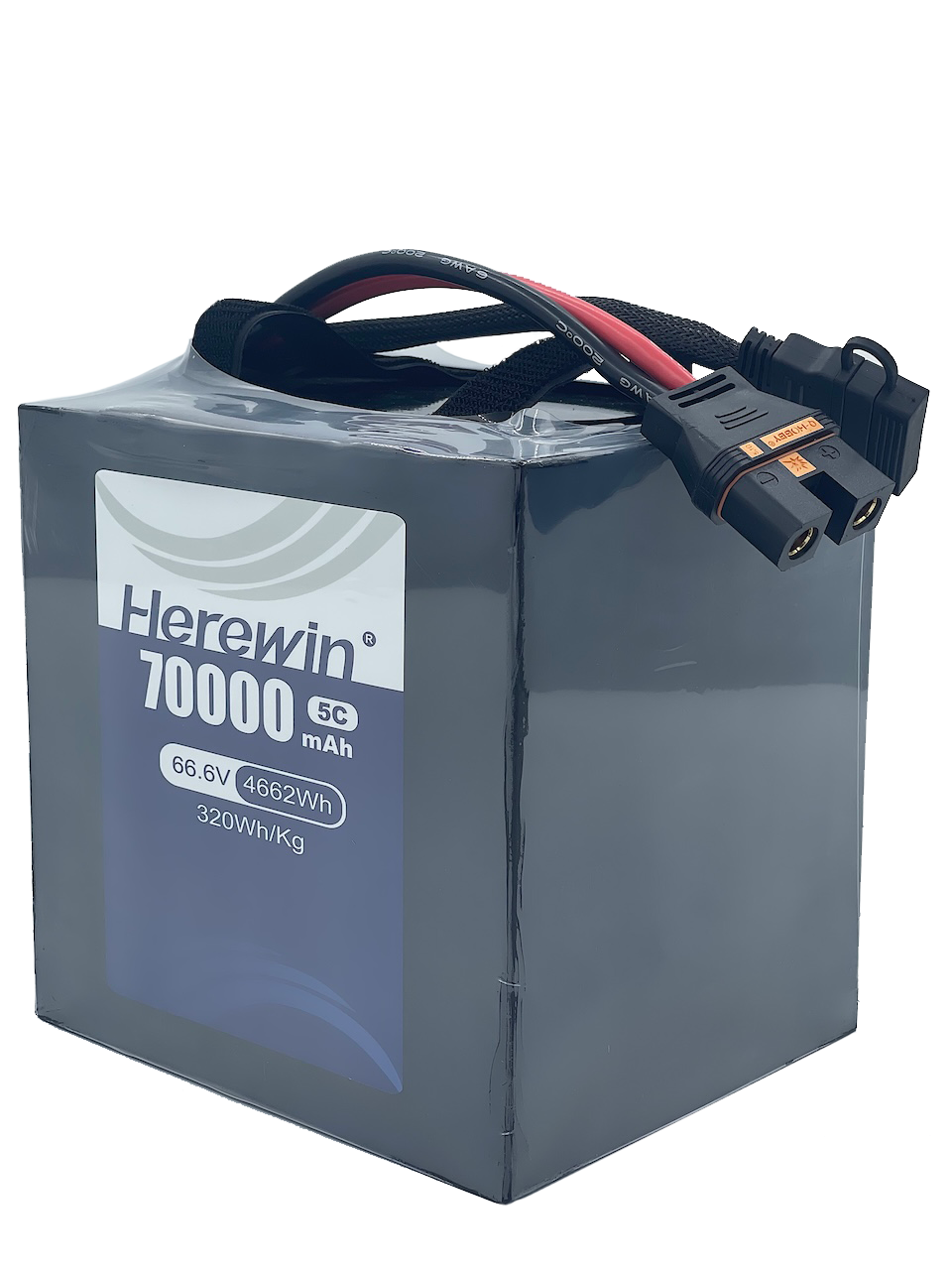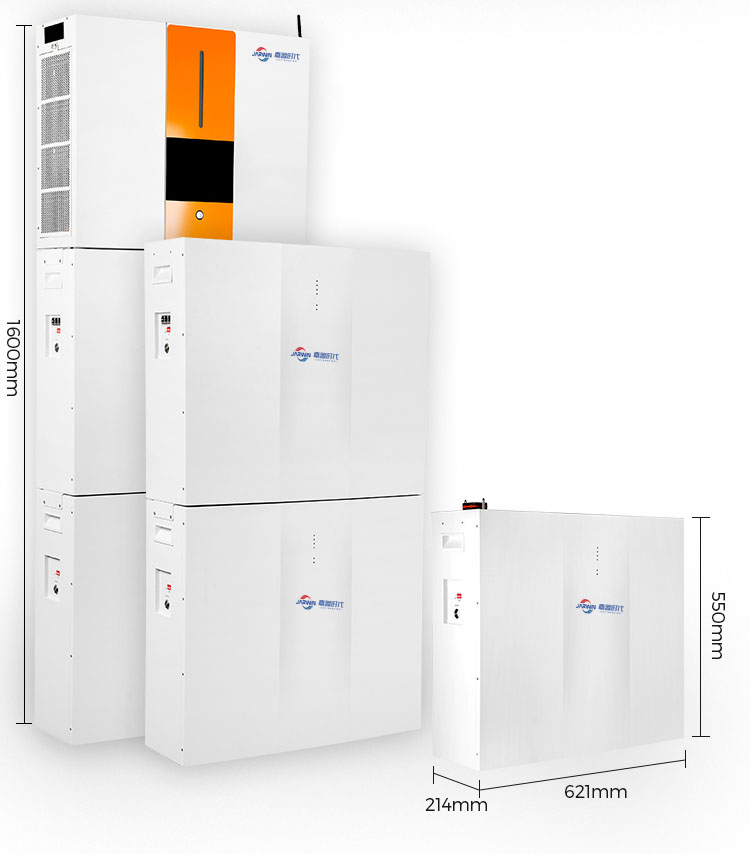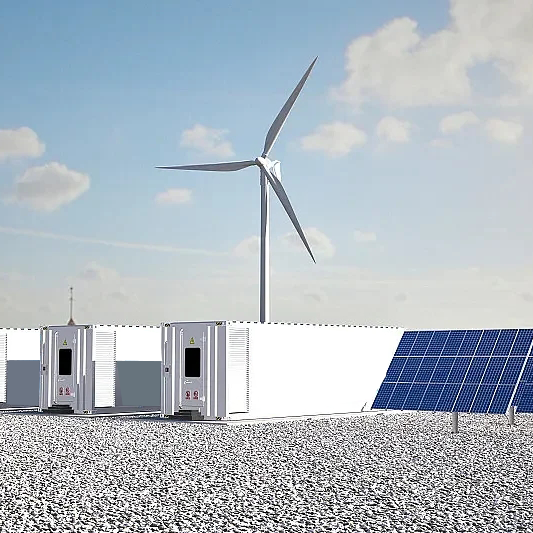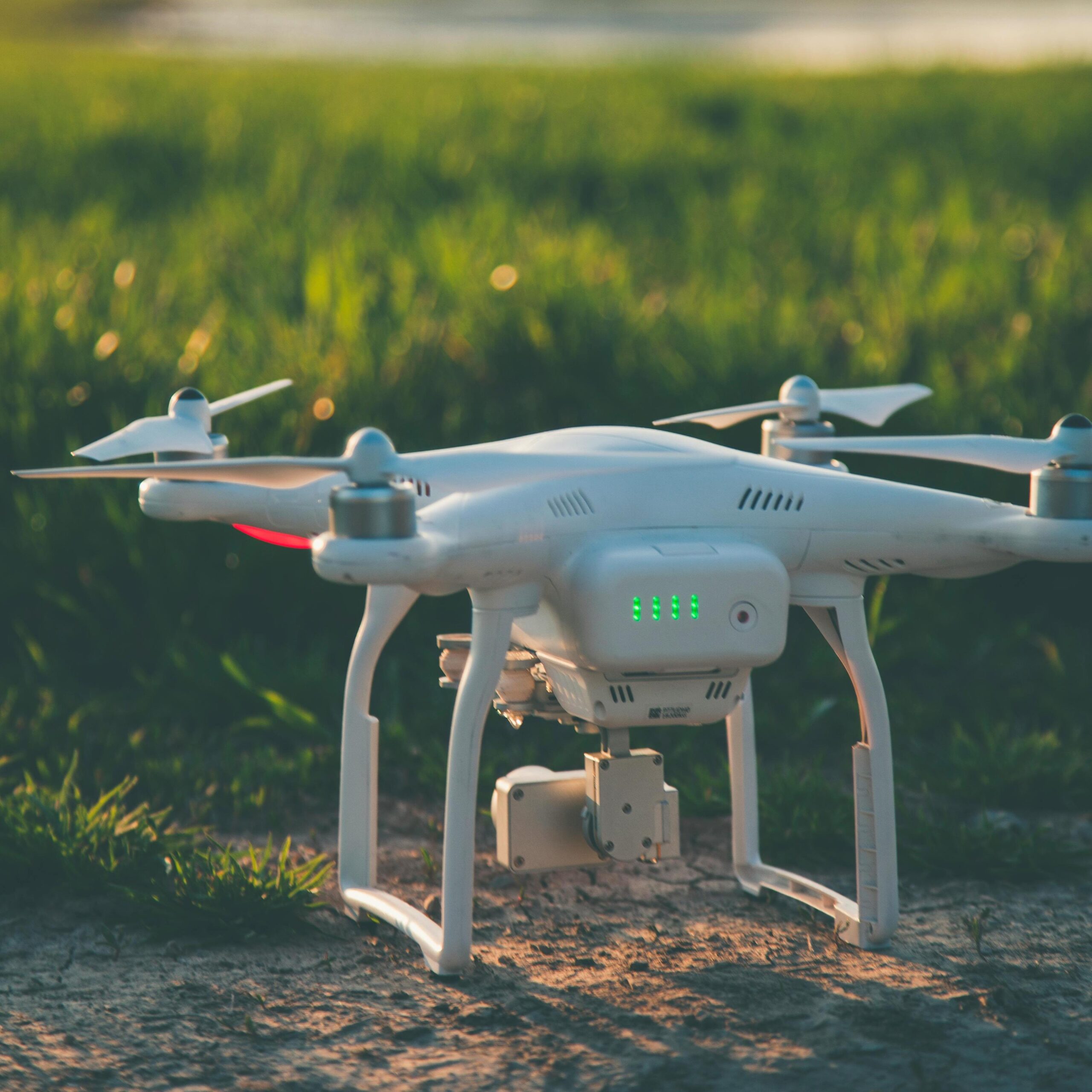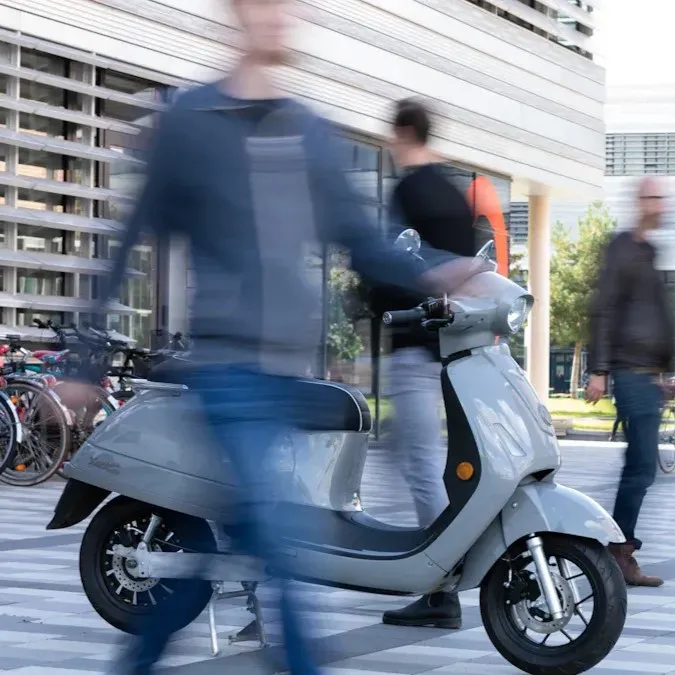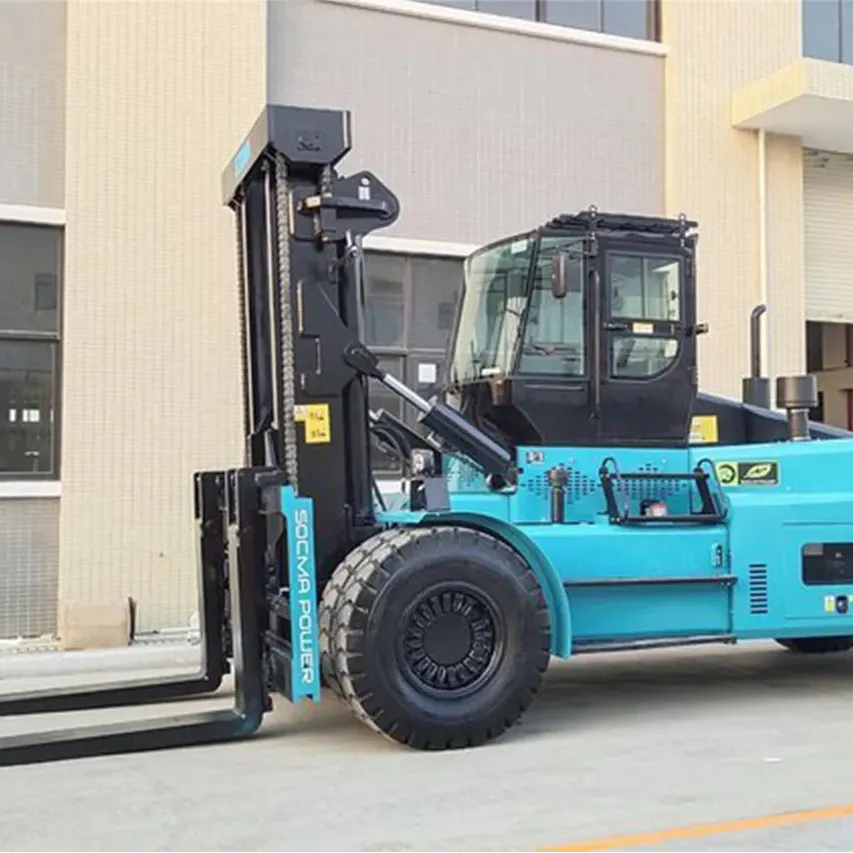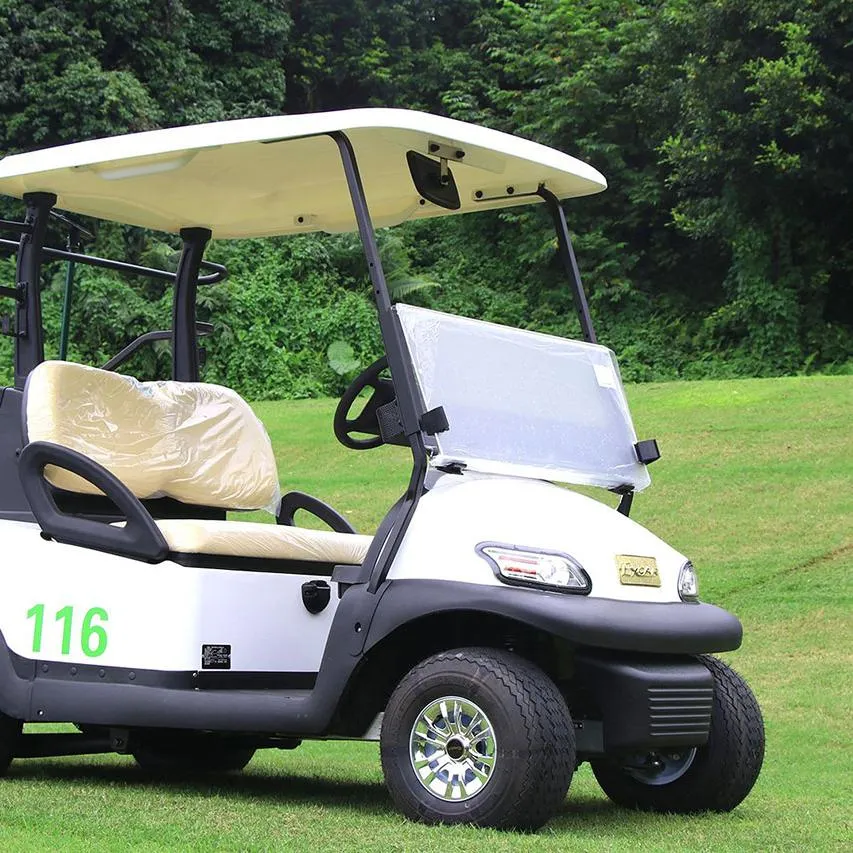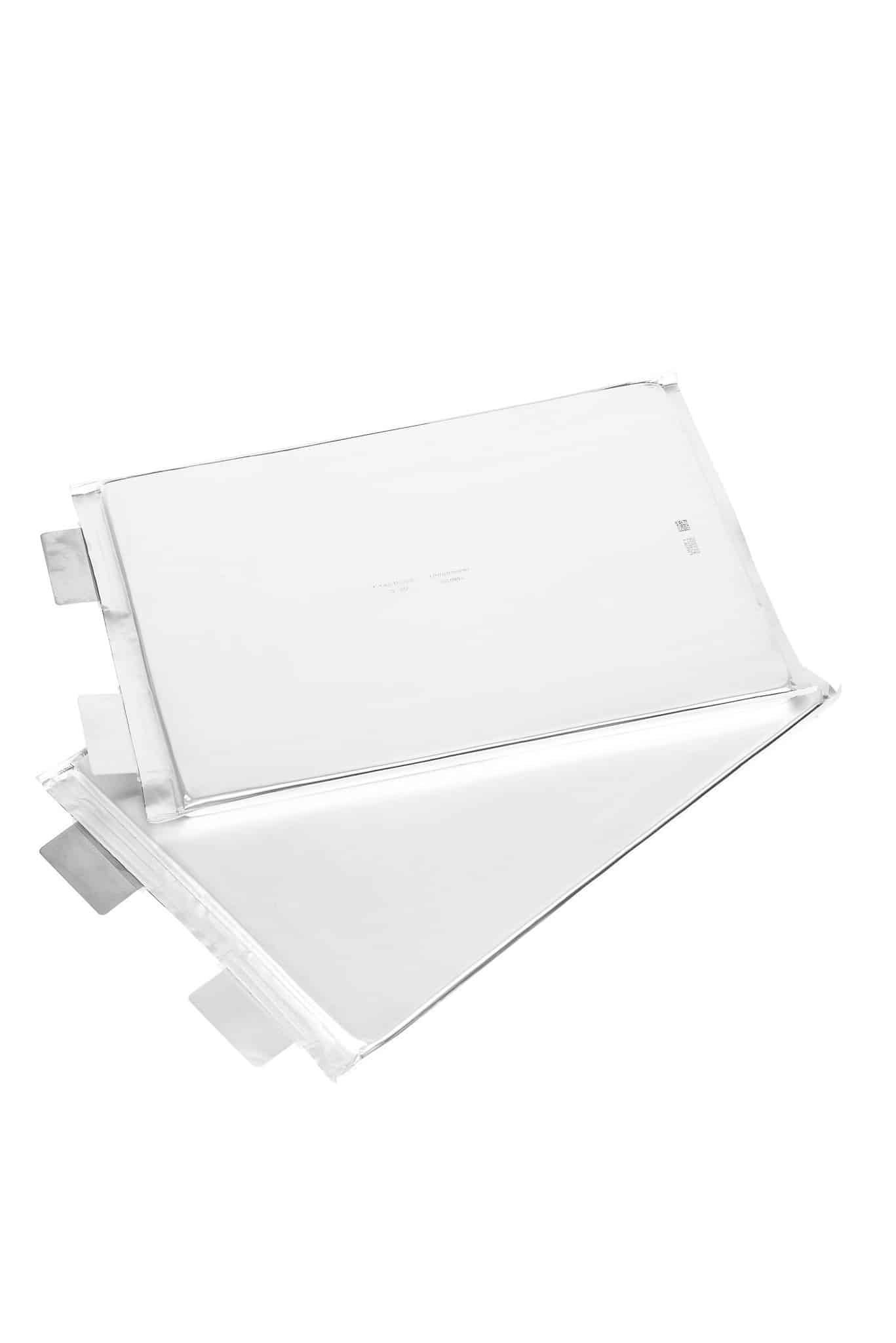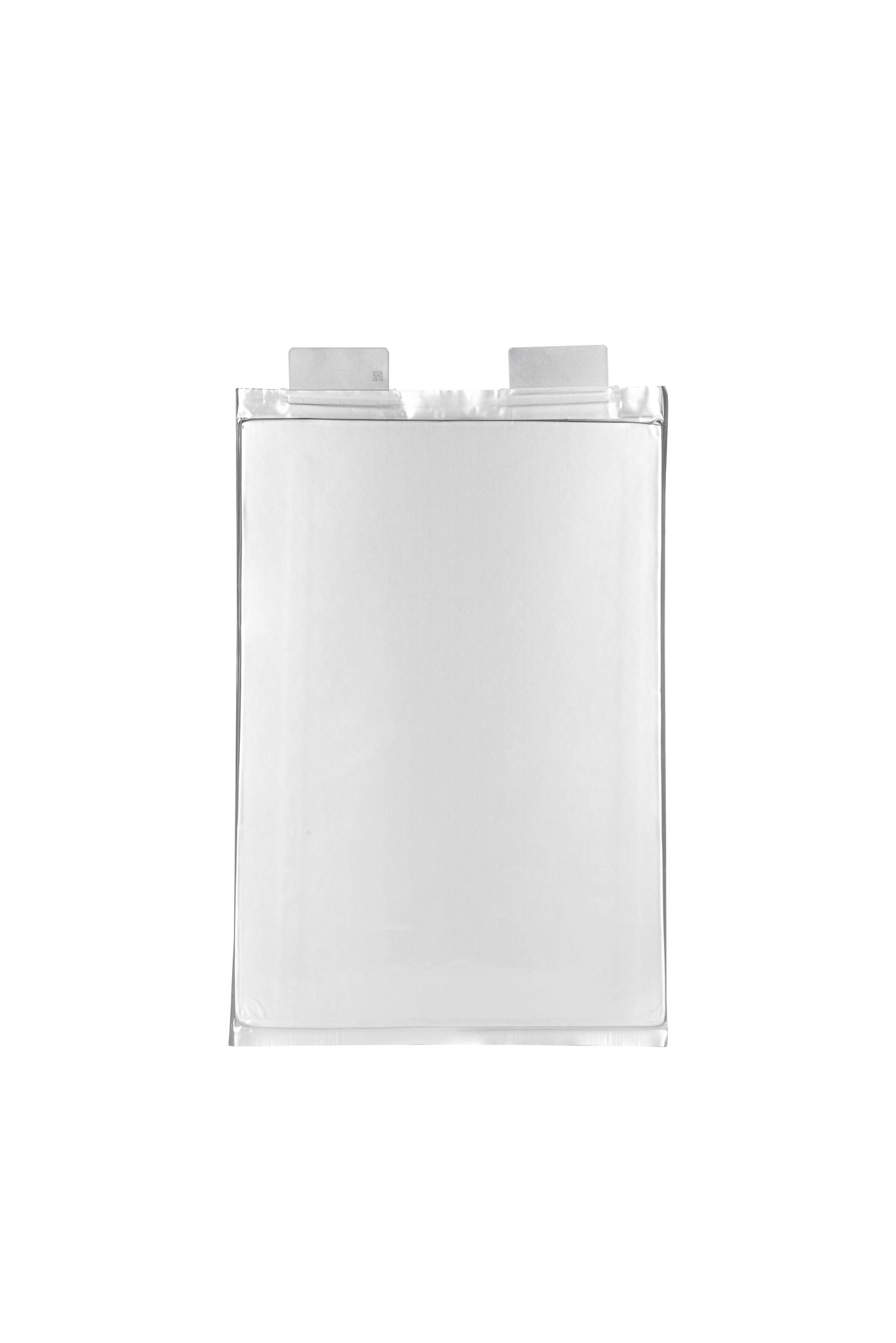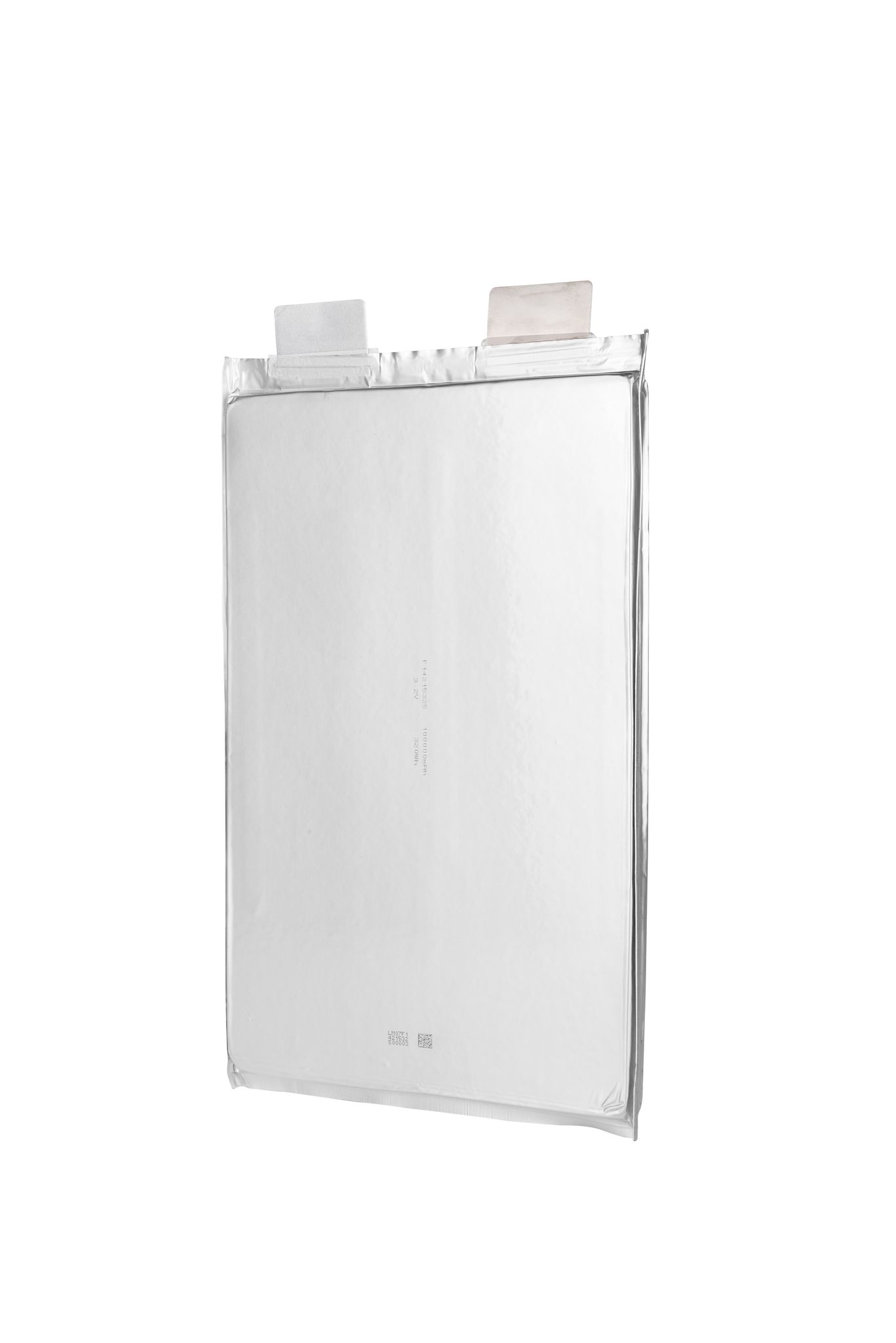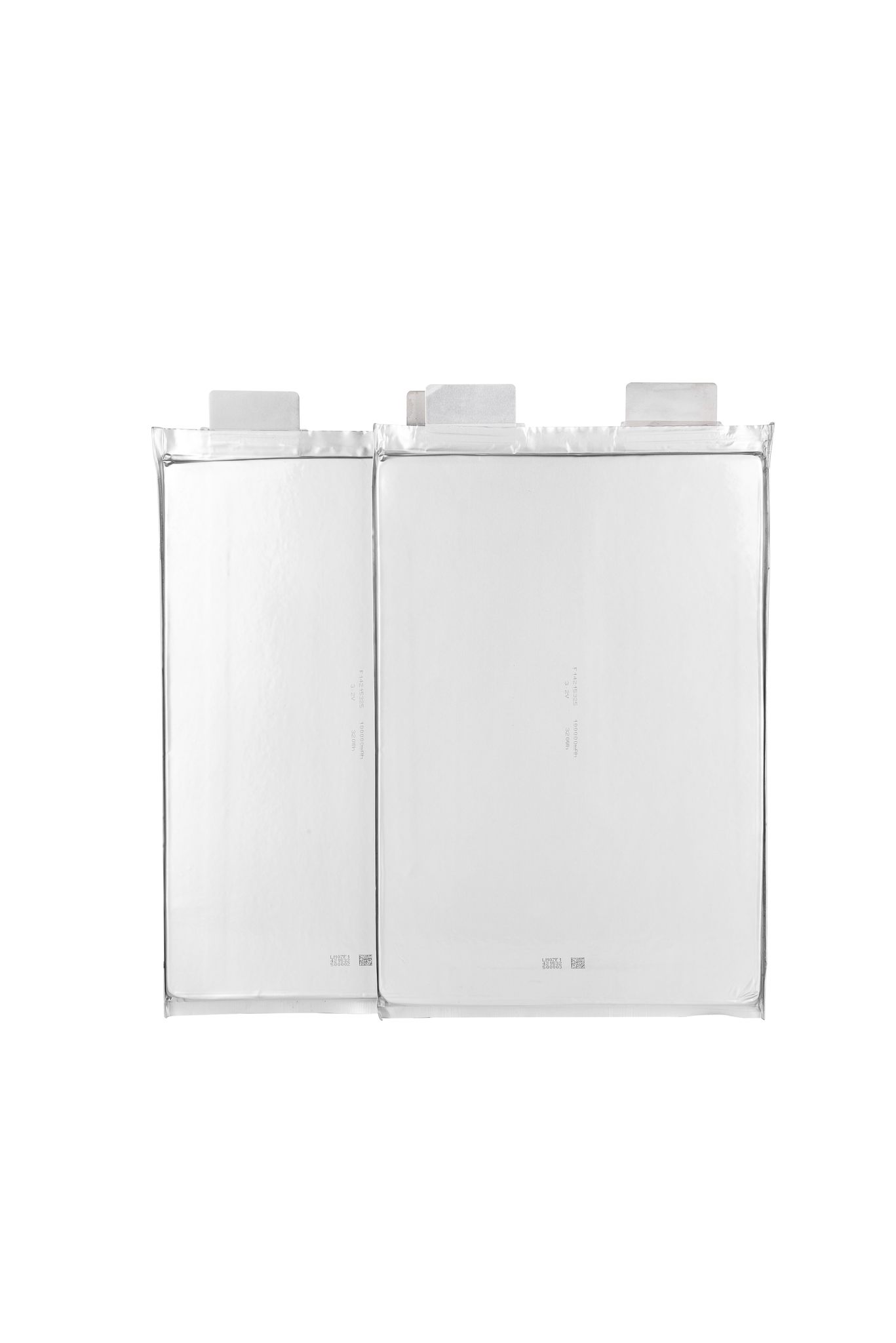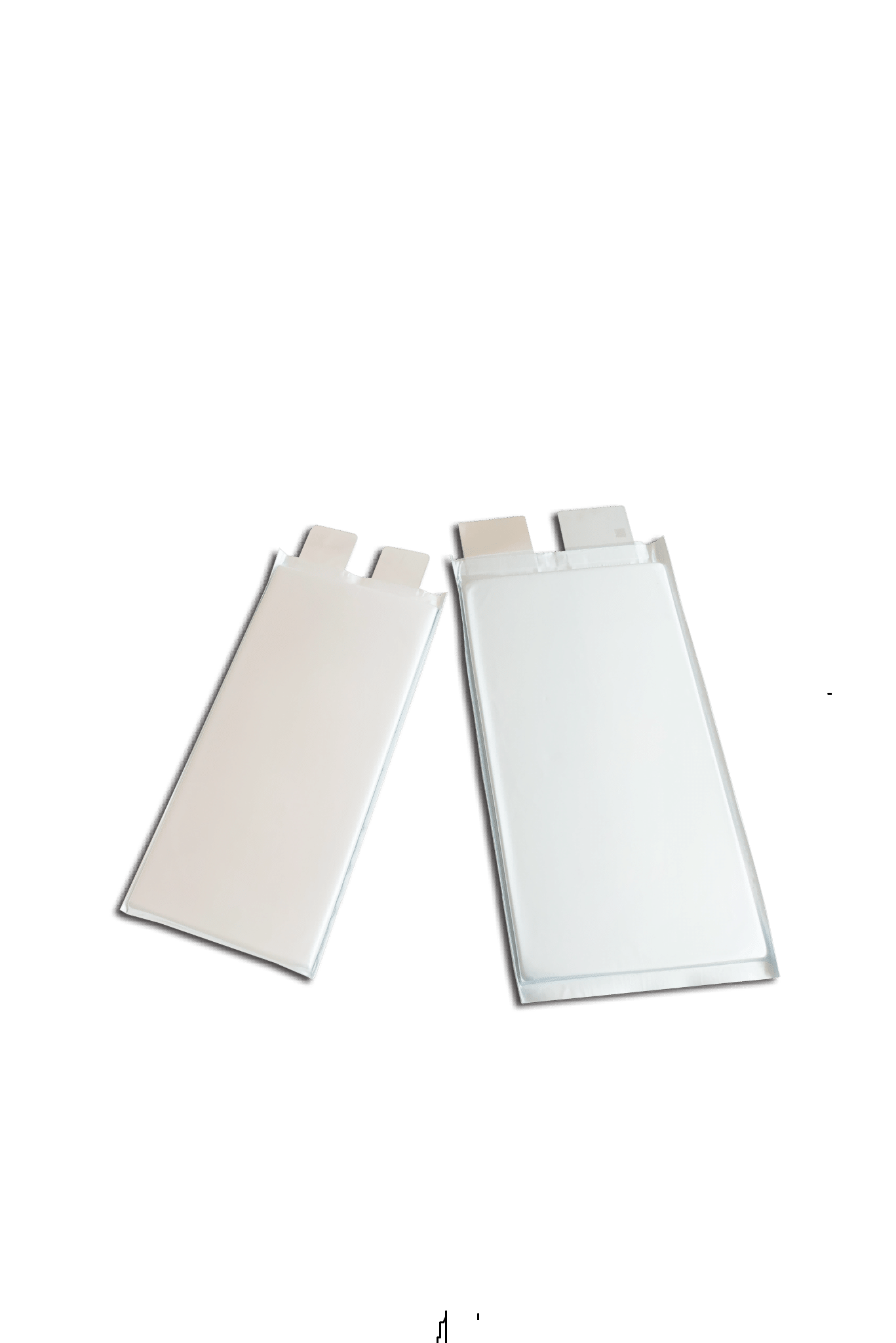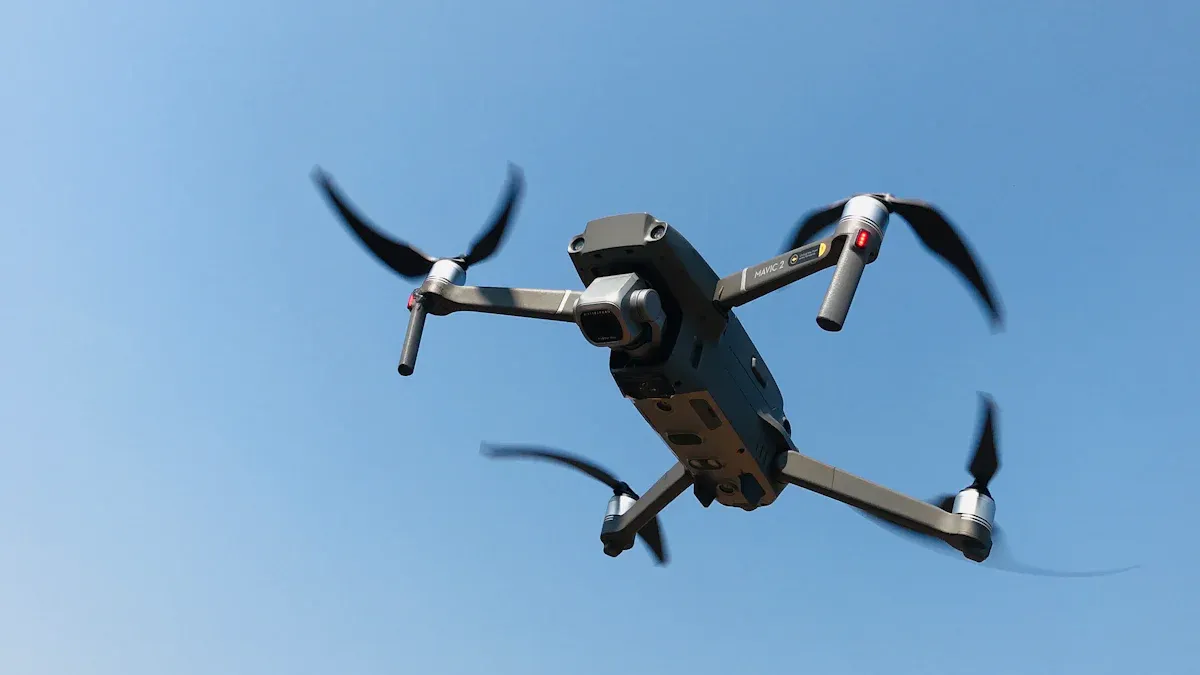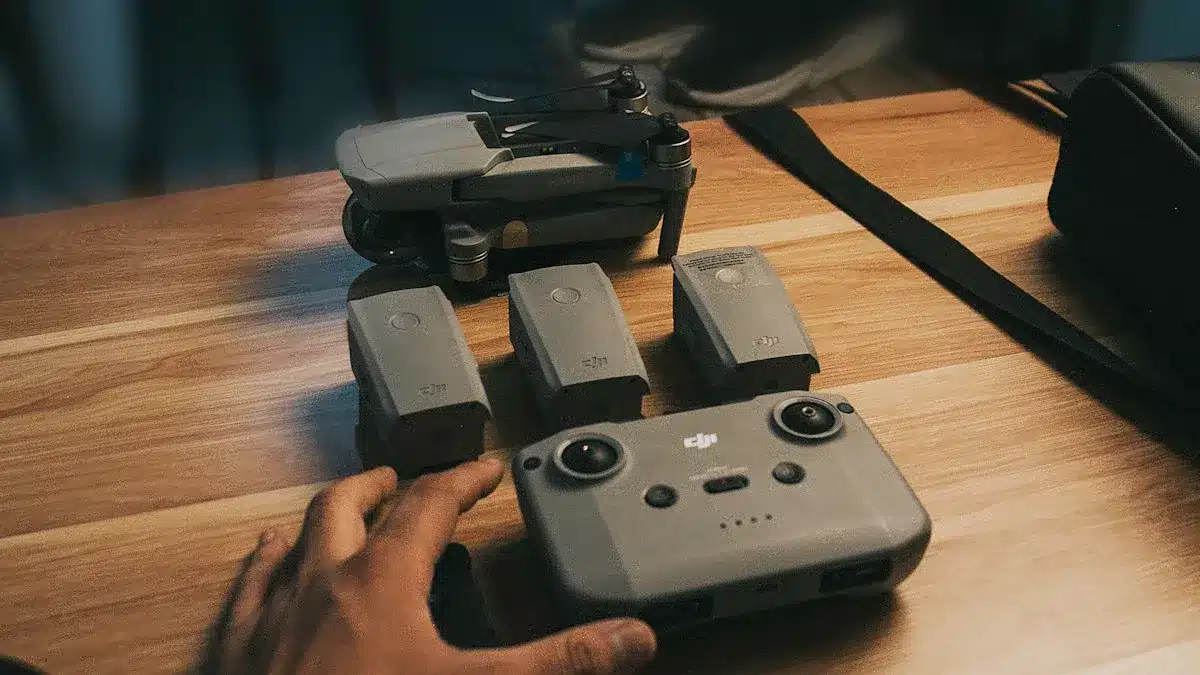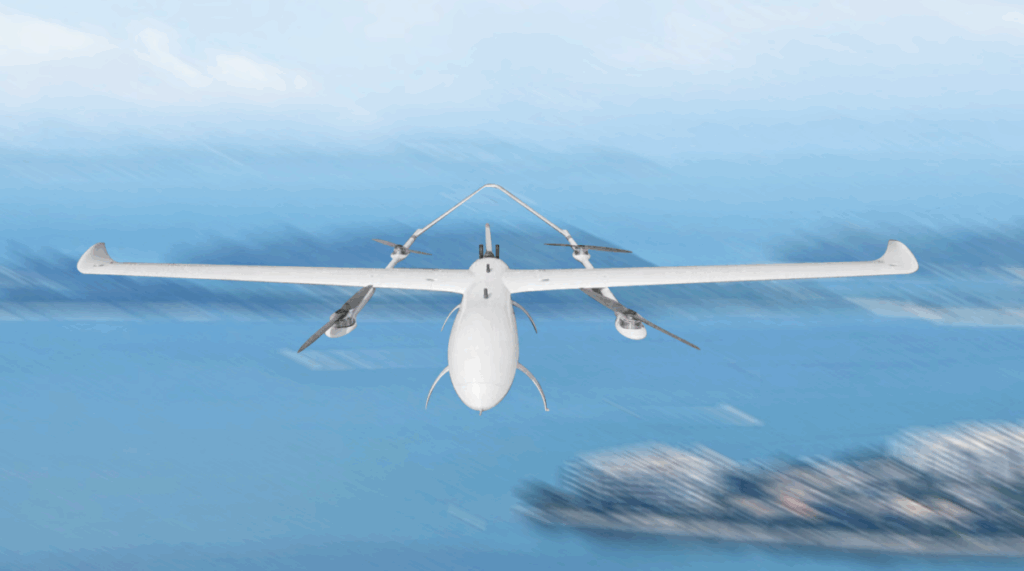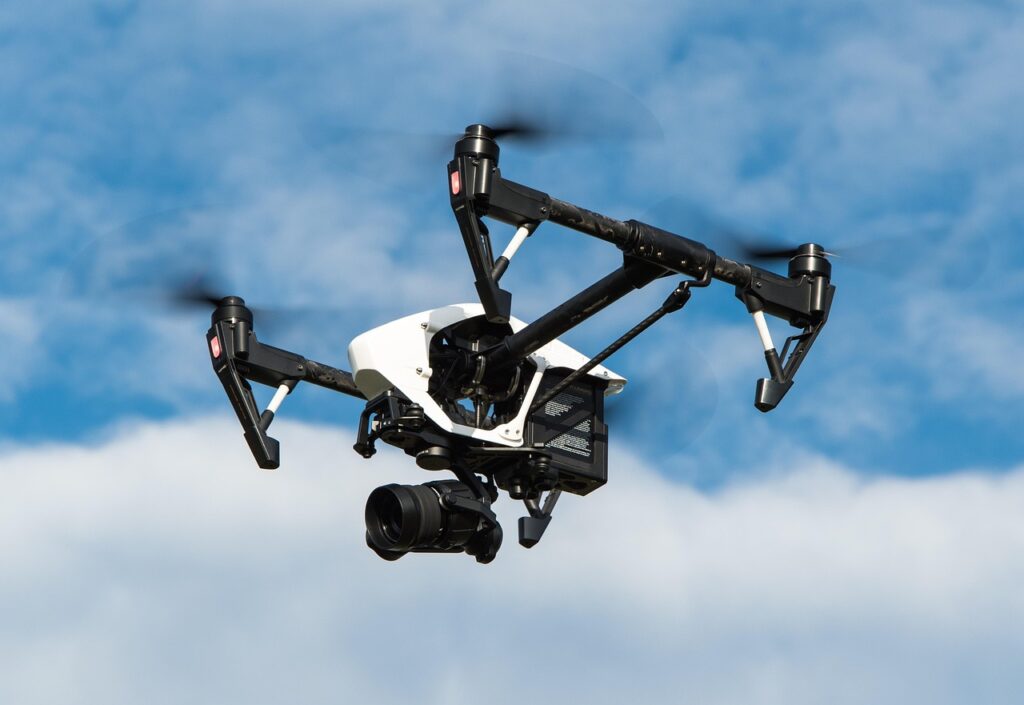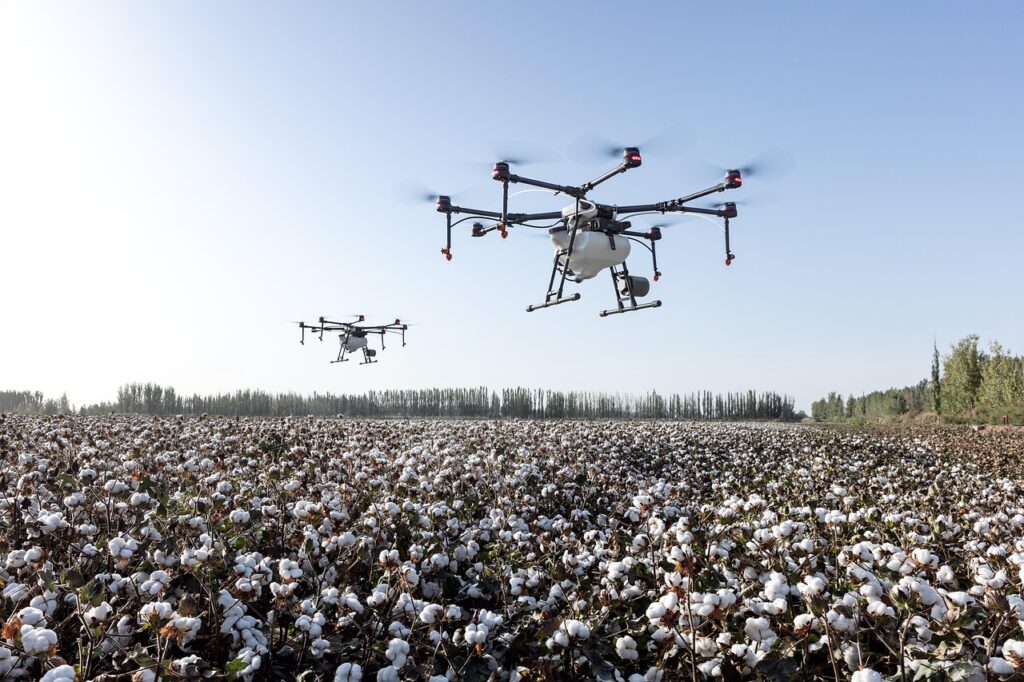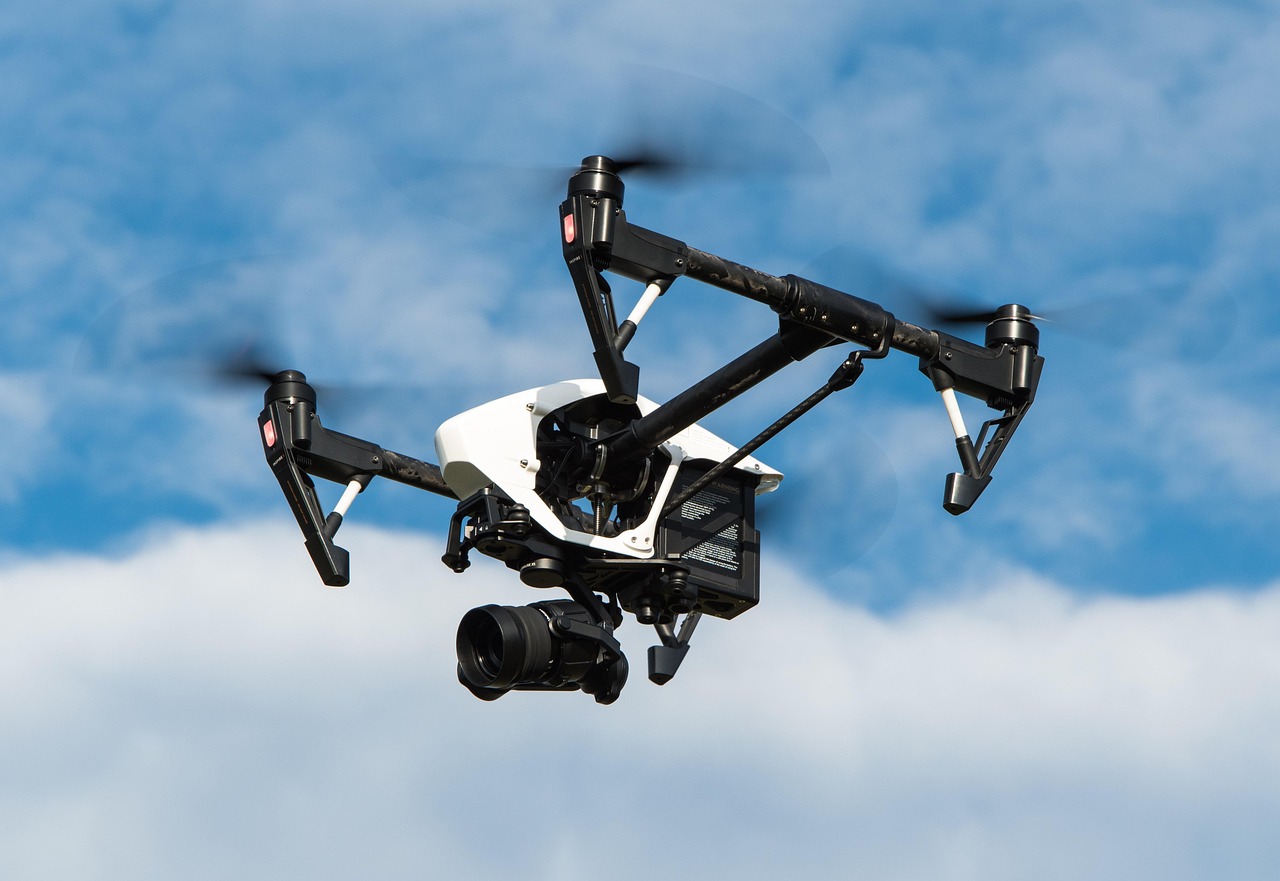
Logistics Drones are revolutionizing transport at the U.S.-Mexico border. Equipped with advanced Drone Batteries, these drones have become essential for deliveries, with eggs surprisingly being one of the main items transported. The price differences and high demand for eggs make them a top priority for these operations.
The innovation in Drone Batteries goes beyond just enabling this task. They are transforming the global movement of goods by allowing Logistics Drones to deliver faster, consume less energy, and access remote or hard-to-reach locations with ease.
Key Takeaways
-
Drones are changing deliveries by making them faster and easier.
-
Better drone batteries, like LiPo and NCM, help drones fly longer.
-
Drones are great in emergencies, reaching places where cars can’t go.
-
Delivering small items with drones costs less than regular methods.
-
Lightweight batteries from companies like Herewin help drones work better.
Drones: A New Tool for Border Transport
Drones Deliver Goods Along the U.S.-Mexico Border
Recently, differences in currency values and trade policies have created a booming egg market along the U.S.–Mexico border. With egg prices soaring in the U.S., the humble egg has become a surprisingly valuable commodity.
To meet this demand, some individuals are now using drones to discreetly transport eggs across the border, bypassing traditional checkpoints. This trend highlights how advancements in drone battery technology have enabled longer flight ranges and greater payload capacity. Compared to trucks and other conventional methods, drones now offer faster, quieter, and more flexible cross-border transport—emerging as a preferred choice in time-sensitive or discreet delivery scenarios.
Logistics Drones Improve Short-Distance Deliveries
Logistic drones are changing how short trips are handled. Their tiny size and smart features help carry small packages quickly. Companies use them in cities where traffic slows down regular delivery trucks.
In remote areas, small drones work well where roads are missing. They can reach places that are hard to access. For example, in China, companies like SF Express and Meituan have deployed drones for delivery in remote mountainous regions, showcasing their effectiveness in overcoming geographic barriers. These drones are faster and cheaper for small deliveries, making them a valuable asset in logistics.
Better Batteries Make Drones Stronger
Drones need good batteries to work well. Special batteries like lithium polymer (LiPo) and nickel-cobalt-manganese (NCM) give them power for longer flights. These batteries are made to last and save energy, helping drones perform better.
New battery technology lets drones fly longer without slowing down. This makes them more reliable for tough delivery jobs. With light designs and strong batteries, drones are improving how goods are delivered.
Broader Applications of Logistics Drones
Medical Deliveries: Drones That Save Lives
Drones are changing healthcare by delivering medical supplies fast. They carry vaccines, blood, and medicine to faraway places. Real-world testing has demonstrated that, with the support of four Herewin 18S 30,000mAh batteries, a 48 kg drone can maintain a flight time of 20 to 25 minutes while carrying a heavy medical payload of 80 kg (which includes the drone’s own weight and the weight of four batteries). This impressive performance underscores the reliability and efficiency of Herewin’s battery technology in demanding scenarios. The combination of lightweight design and high energy density ensures that the drone can deliver life-saving items—such as vaccine coolers or blood packs—on time, even in mountainous or disaster-stricken areas. They make sure life-saving items arrive on time. During emergencies like storms or disease outbreaks, drones fly over obstacles. This makes them very useful when time is critical. By cutting delivery times, drones improve healthcare for many people.
Emergency Response: Reaching Where Roads Can’t
In disasters, drones help when roads are blocked or broken. They bring food, water, and medicine to people in need. After hurricanes or earthquakes, damaged roads slow down help. Drones fly over these problems to reach affected areas quickly. Their small size helps them move through debris and deliver supplies. This makes drones a key tool for rescue teams during emergencies.
Urban & E-Commerce Logistics: The Next Delivery Revolution
In bustling urban environments, drones offer an effective solution for last-mile delivery. Their ability to bypass traffic congestion allows them to deliver small packages, documents, and consumer goods in minutes. Urban delivery test data from Herewin shows that a lightweight drone powered by our 12S 22,000mAh battery (with an empty weight of only 5 kg and a payload capacity of 10 kg) can achieve a flight time of 25 to 30 minutes under a full load of 24.5 kg. Test results also demonstrate that Herewin’s lightweight, high-energy batteries perform reliably in complex urban environments, providing consistent and dependable power for continuous operations. This level of performance is ideal for high-frequency, short-range delivery missions and aligns well with the growing demands of e-commerce platforms.
Why Logistics Drones Make Sense
Faster Than Roads: Flying Past Traffic Jams
Drones are changing deliveries by skipping crowded roads. Unlike trucks, drones fly directly, saving a lot of time. This is very helpful in cities with heavy traffic. For example, drones can deliver in minutes, while trucks take hours. Flying over obstacles makes deliveries quicker and easier.
In emergencies, drones show how fast they are. The Alhambra Police Department uses drones to respond in 78 seconds. These drones can fly up to 51 mph, reaching places faster than cars. Future drones may fly at 100 mph, making them even quicker for urgent tasks.
Cheaper for Small, Frequent Deliveries
Drones are a low-cost way to deliver small packages often. Trucks and other vehicles cost more to run for short trips. Drones need less fuel and maintenance, saving money for businesses.
Here’s a cost comparison:
|
Method |
Purchase Cost |
Cost per Hectare |
|---|---|---|
|
Traditional Tractor |
Up to $500,000 |
$7 |
|
Hylio’s Drones |
$100,000 |
$1.75 |
This table shows how drones cut costs, especially for frequent deliveries. Their lower price makes them a smart choice for companies.
Quick Help in Emergencies
Drones are great in emergencies when time is critical. They can quickly fly to hard-to-reach places and help. In Brookhaven, Georgia, a drone reached a suspect in 70 seconds, faster than police cars. In Los Angeles, drones arrive 2-4 minutes before patrol units, helping in emergencies.
Here’s how drones improve response times:
|
Location |
Drone Response Time |
Emergency Impact |
|---|---|---|
|
Brookhaven, Georgia |
70 seconds |
Stopped a suspect before police arrived. |
|
Elizabeth, NJ |
N/A |
Over 25% of calls solved before police arrived. |
|
Los Angeles, CA |
N/A |
Drones arrive 2-4 minutes before patrol cars. |
These examples show how drones save time and help in emergencies. Their speed and ability to avoid obstacles make them very useful for rescue teams.
The Hidden Power of Drone Batteries
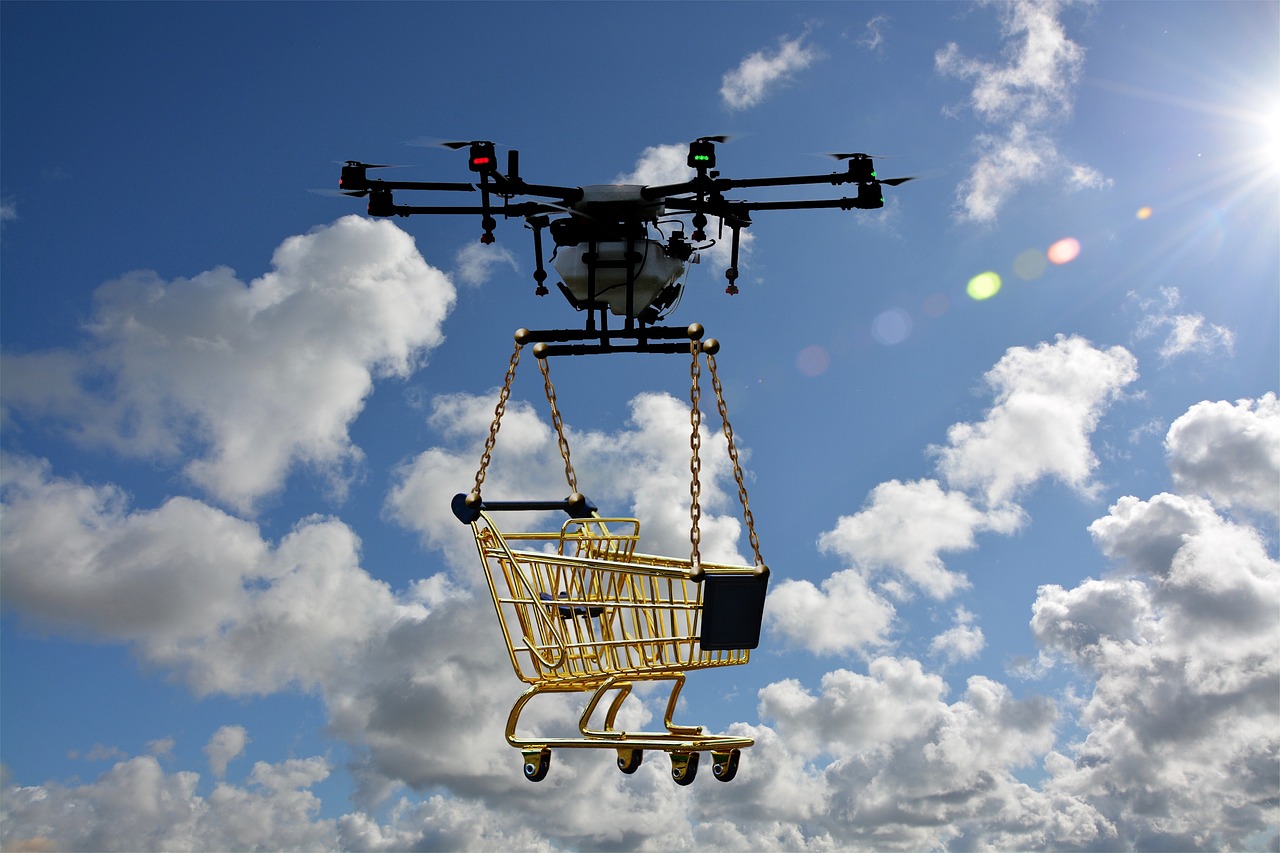
What’s Inside Matters: LiPo, NCM, and Semi-Solid-State Explained
Drone batteries are very important for how drones work. Different batteries have special features based on their materials. Lithium Polymer (LiPo) batteries are light and store a lot of energy. Nickel-Cobalt-Manganese (NCM) batteries last longer and store enough energy for long flights. Semi-solid-state batteries are safer and use energy better, making them the future of batteries.
These new battery types help drones fly farther and carry more. They also let drones work in tough places. Picking the right battery helps drones do specific jobs, like delivering medicine or flying in cities.
Balancing Power, Weight, and Efficiency in Real-World Missions
Drone batteries need to balance power, weight, and efficiency. Light batteries make drones weigh less, so they can carry more. But the batteries must also give enough power to keep drones flying.
A study shows that using the right cables helps drones save energy. This improves how motors work and sends power better. By thinking about things like thrust and drag, drones fly better and use less energy. These are key for drones to finish jobs without wasting power.
Reliability and Durability in Challenging Conditions
Drone batteries must handle tough conditions to work in hard places. Here are some ways they stay reliable:
-
Systems check and control energy to stop overheating or overcharging.
-
LiPo batteries are light, while LiFePO4 batteries last longer and are safer.
-
Taking care of batteries and charging them right makes them last longer.
These steps help drones work well, even in bad weather or rough areas. Whether flying to flooded places or over rocky land, strong batteries keep drones ready for hard jobs.
Herewin: Powering the Future of Delivery Drones
22 Years of Battery Knowledge and Research
With over 22 years of experience in the battery industry, Herewin has developed a deep understanding of what it takes to power high-performance drones. Our commitment to research and development is reflected in an annual R&D investment exceeding 20 million RMB. Supported by our corporate research institute, provincial engineering research center, and postdoctoral workstation, we bring together over 160 top-tier engineers and scientists who are dedicated to pushing the boundaries of battery technology.
Thanks to these resources, we are able to continuously refine and enhance our products, ensuring we stay ahead of industry demands. Whether it’s improving energy density, discharge rates, or cycle life, Herewin’s innovations play a key role in helping delivery drones operate more efficiently and reliably.
High-Energy, Lightweight, and Durable Battery Solutions
When it comes to delivery drones, battery performance is crucial. That’s why Herewin offers a range of high-energy, lightweight, and durable battery solutions designed specifically for drone applications. One example is the TN14S4P-50S-01 battery, which features a 50.4V voltage and 180A peak discharge current—ideal for mid-to-short range delivery tasks. These batteries are engineered to provide the necessary power for drones to fly longer distances without compromising on performance.
Our batteries also feature long cycle lives, meaning they last longer and perform better over time, even in harsh environments. With advanced designs and high-quality materials, Herewin’s batteries provide the stability and safety that drones need for consistent, reliable service.
Custom Batteries for Every Job
Every delivery scenario is unique, which is why Herewin offers customized battery solutions to meet the specific needs of different drone models and missions. Whether it’s a high-frequency urban delivery or a long-range mission in remote areas, we work closely with clients to design batteries that maximize drone performance while meeting operational requirements.
For example, in urban environments where drones need to make frequent, short-range deliveries, we offer lightweight, high-discharge batteries that can handle quick turnarounds. Meanwhile, for long-distance or heavy-load drone applications, we provide larger capacity batteries with extended flight times, ensuring drones can complete their tasks without interruption.
With Herewin’s custom solutions, you can ensure that your drones are always equipped with the best battery technology, optimizing both efficiency and safety.
Drones with advanced batteries are changing how goods are delivered. They are faster, cheaper, and can reach faraway places easily. This makes them very important in today’s delivery systems.
Differences in prices and better technology have increased the need for eggs in border deliveries. This shows how drones are becoming key for quick and reliable transport.
To make drones even better, industries need smarter battery designs. These new batteries will solve problems and open up more ways to improve deliveries, creating a faster and more connected future.
FAQ
What makes drone batteries special compared to regular ones?
Drone batteries are made to be light and powerful. They give enough energy for long flights without adding weight. Materials like Lithium Polymer (LiPo) and Nickel-Cobalt-Manganese (NCM) make them strong and efficient, perfect for delivery tasks.
How do drones work in faraway places?
Drones can go where roads are broken or missing. They bring important things like medicine, food, and supplies quickly. By flying over obstacles, they help people in remote or disaster-hit areas on time.
Why do drones need lightweight batteries?
Light batteries make drones weigh less. This helps them carry more or fly farther. By balancing weight and power, these batteries make drones better for different delivery jobs.
Can drones work in bad weather?
Modern drones with advanced batteries can handle tough weather. Features like energy control systems and strong materials keep them working in heat, wind, or rain. Good care also helps them perform well in hard conditions.
Which industries use logistics drones the most?
Healthcare, online shopping, and emergency services use drones a lot. Drones deliver medicine, packages, and help faster than other ways. Their speed and reliability make them important for quick deliveries.
Tip: Picking the right battery improves a drone’s performance and life. Always match the battery to the job for the best results.

